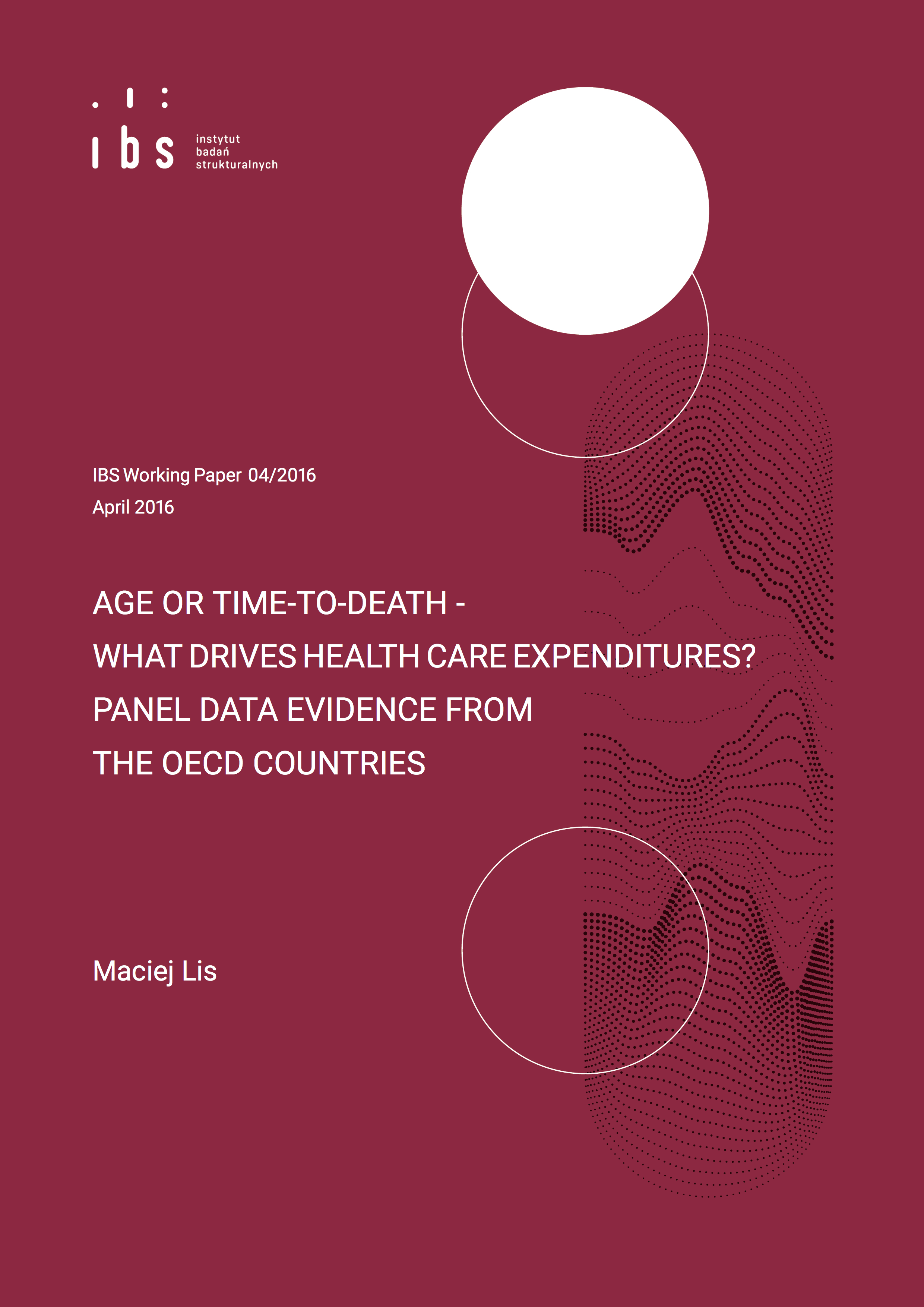The most important engines for the growth of aggregate health care expenditures (HCE) in last 50 years in OECD have been growth of income, technological progress in medicine and their interaction with institutional setting. The accelerating ageing is expected to additionally fuel the growth of HCE. The interaction between the growth factors with age is crucial for understanding the impact of ageing on health care expenditures. We propose a non-linear framework for testing the dynamics of the interaction of the growth of HCE with age structure. This framework utilizes the micro and cohort evidence from other studies on the shape of HCE and time-to-death. We have found that the growth of health care expenditure in recent decades in 26 OECD was concentrated on the close-to-death expenditures. Close-to-death HCE demonstrated twice higher growth rates than expenditures more distant from death. No clear dynamics of age pattern has been however identified.


